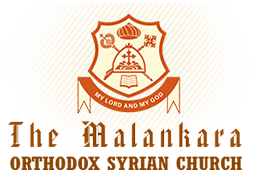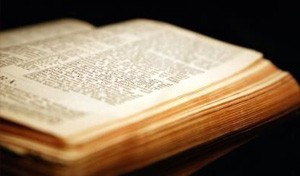


The Canon Law of the Malankara Orthodox Church
The Canon Law accepted and followed by the Orthodox church of Malankara was collected and codified by Mar Gregorios Bar Hebraeus, Catholicos of Edessa (AD. 1226-1286) in the thirteenth century. He was a versatile genius who wrote about thirty books on a variety of subjects. He was a great scholar in church History and Canon Law of the Church. Having carefully and judiciously scrutinized the verdicts of the Church Fathers and the decrees of the provincial and ecumenical councils he collected them, edited and classified under different heads. The original work in Syriac contains forty chapters and is called by the name ‘hoodoyo canon’. The word ‘hoodoyo’ means “explanations”.
The original syriac manuscript was edited and printed in Paris in 1898 by Paul Bedjan. The Pampakuda Konat Library possesses a copy of this ancient canon which in every detail agrees with the Paris publication.
The Patriarch party in Malankara maintains a varied version of this Canon which was prepared here to give more power and claims to the Patriarch of Antioch. The original Syriac canon contains forty chapters of which the first ten chapters have been translated into Malayalam by the late lamented Malpan Fr. Abraham Konat. In his editorial note it is mentioned that the remaining thirty chapters contain subjects that are irrelevant for the Malankara Church, but connected with the Middle East society of that period. The author of the ‘Hoodoyo canon’ has simply presented the verdict of different church fathers and early councils, but he does not make any positive and conclusive pronouncements.
Certainly the Canon needs revision and updating to meet the challenges and needs of the Malankara Church in the modern times. The Church leaders who framed the constitution of the Malankara Orthodox Church have used this Canon as a basis.
The ten chapters contain matters related to church politics, sacraments, feasts and fasts, burial rites etc.